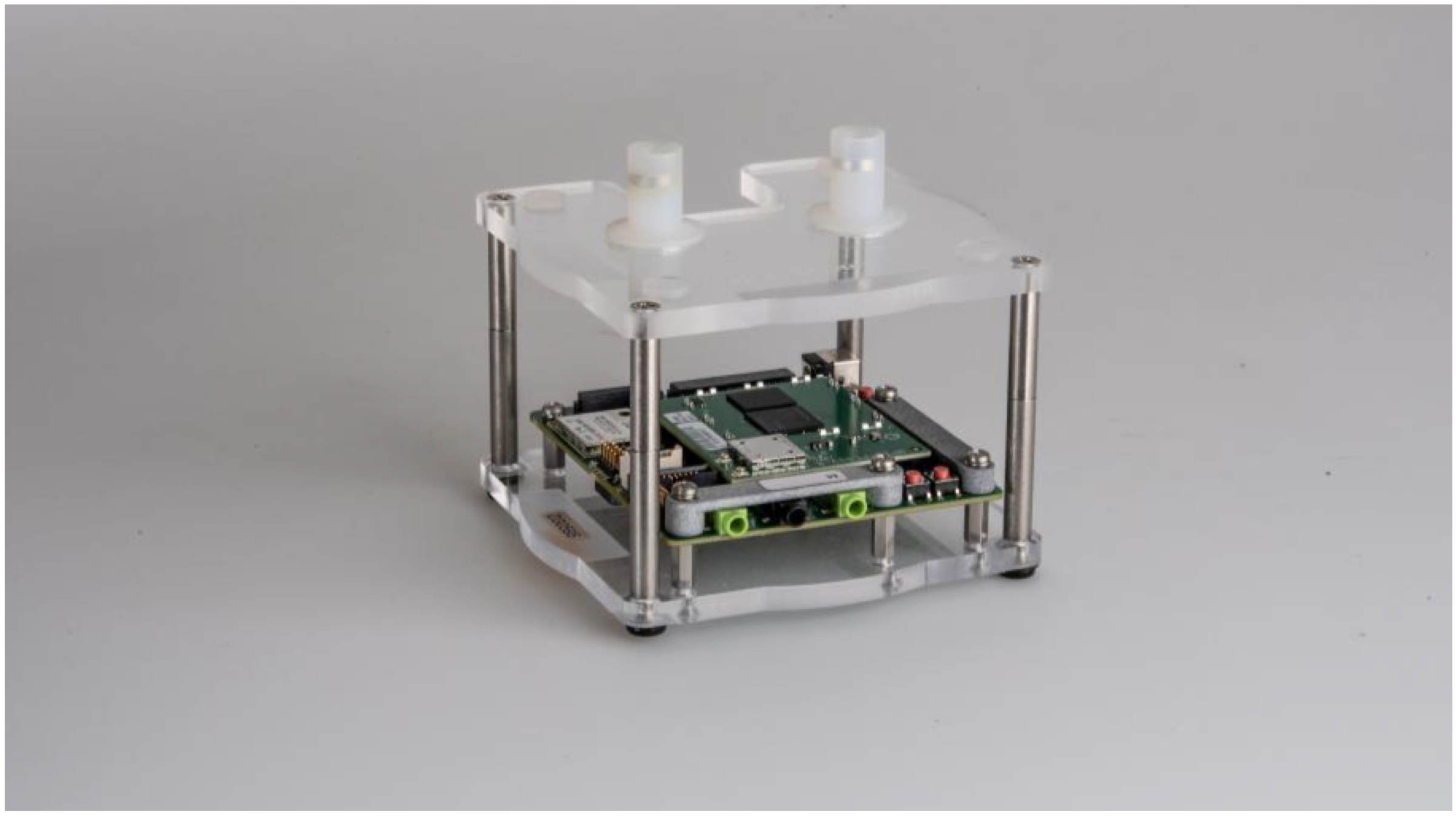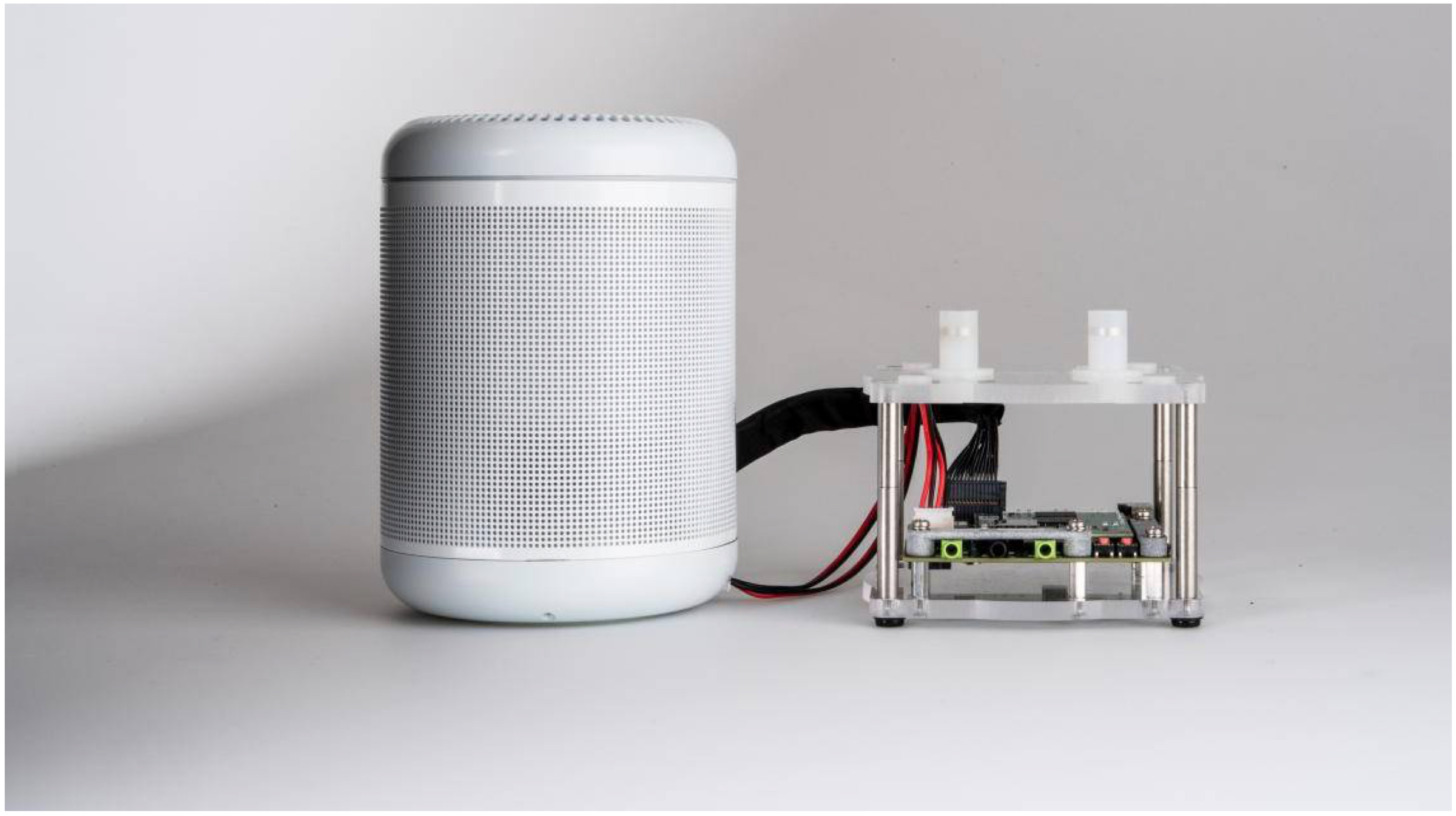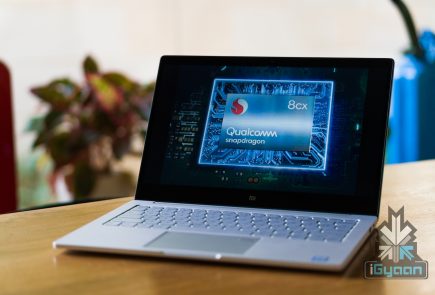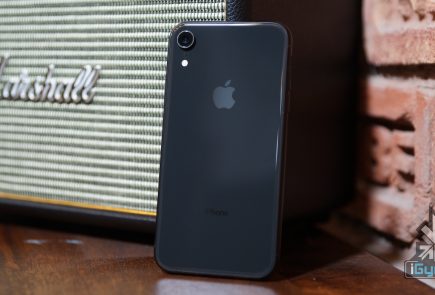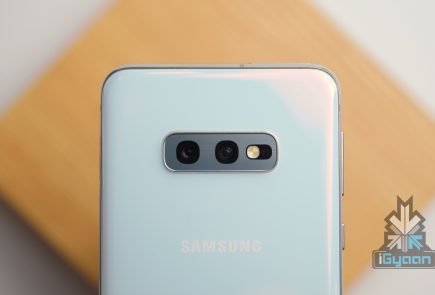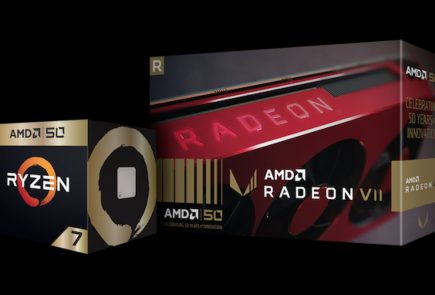Qualcomm Announces QCS400 SoCs series For Smart Speakers And Soundbars
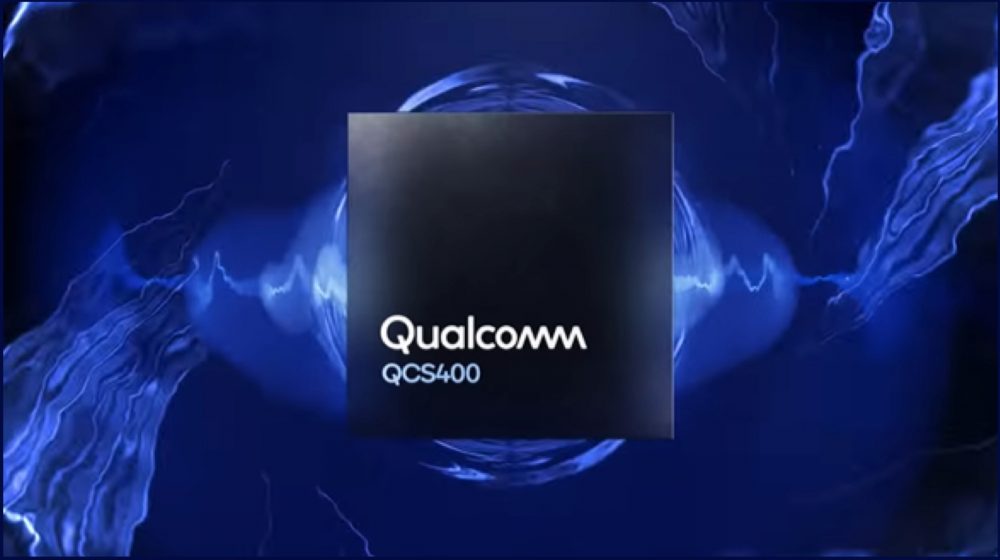
The market for smart speakers and audio devices is gradually picking up the pace. Products ranging from Amazon Alexa to Google Home and Apple HomePod are in high demand due to their smart capabilities including voice-guided commands. The American chipmaker Qualcomm, on the 19th of March 2019 launched a new lineup of SoCs, the QCS400 which are developed to provide a unified and simplified user experience across a wide variety of audio devices. According to the company, the QCS400 SoCs are designed to underpin smart audio devices which can range from portable smart speakers to home assistants to a high-end audio/visual receiver (AVR).
Benefits Of The QCS400 SoCs
It is obvious that a common chipset across several smart audio products will uncomplicate the process of its usage and operation. As per Qualcomm, the following are the reasons that lay the foundation of the QCS400 lineup of chipsets:
- Improvement in the voice-guided user interface (UI) that has faster response times and enhanced sound pickup even in loud environments.
- Support for multiple channels- As the name suggests, this would allow users to connect various speakers together with extensive control over audio playback. The chipsets are designed to be highly power efficient and deliver reliable performance.
- Providing a cinema-like experience- The newly launched chipsets have built-in support for Dolby Atmos and DTS:X that help in providing high-quality audio output from any device that incorporates the chips.
Initially, Qualcomm has launched four chipsets all of which fit the needs of distinct modern day audio products. The QCS403 and QCS404 chipsets are developed for smart speakers and smart assistant. Both the chipsets use Bluetooth 5.1 for connection and support Zigbee which is a high-level communication protocol developed by IEEE. Notably, the former comprises a dual-core CPU while the latter comprises of a quad-core CPU. Irrespective of the chipsets, CPU cores on the both are clocked at 1.4 GHz that.
Also Read: Redmi Note 7, Note 7 Pro To Go On Sale In India Once Again Today
The QCS405 chipset is developed for soundbars and home theatres while the QCS407 is developed for AVRs (audio/video receivers). Both the chipsets have quad AIE CPU cores and Adreno 306 GPU. Another distinctive feature of these chipsets is the 2x Qualcomm Hexagon DSPs. Prominently, the QCS 407 is the only chipset out of the bunch that supports up to 32 audio channels while the rest max out at 12.
















